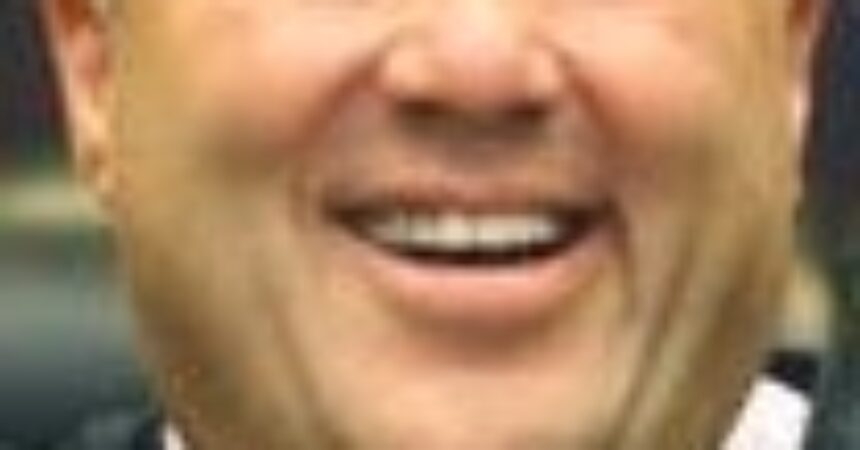
Ask Judge Smith
Replaying the fatal final shot

Judge J. Layne Smith revisits the case in John F. Kennedy’s assassination. Here is Part 6 his series:
The second shot Lee Harvey Oswald fired did not mortally wound President John F. Kennedy. The President remained seated, held in place by his back brace, and his neurological response to the wounds, which froze him in place. Kennedy’s back brace caused his dress shirt to bunch up around his neck, lining up the fabric’s bullet hole with his body’s entry wound.
Oswald took 8.4 seconds to line up and fire his third and final shot, which struck Kennedy in the back of the head, pushing it forward. The entry wound measured 6.5 mm, the bullet’s exact diameter, and caused an inward beveling of bone fragments. A large exit wound blew out JFK’s right temple and the top of his head with an outward beveling of bone fragments. Oswald’s final shot blasted 35 percent of Kennedy’s brain out of the top and side of his head.
The Zapruder film also proves the direction of the shot. Its 312th frame was the last before Oswald’s third shot hit the President. Frame 313 shows the impact, and frame 314 shows the force of it pushed his head forward. It is not until the 323rd frame that Kennedy’s body jerked back and to the rear, which was an involuntary reflex. In real-time, this sequence happened in less than a second.
Seeing the President’s backward movement in real-time lead conspiracy buffs to wrongly assume he had been shot from the front by a second assassin located in the grassy knoll. However, both the Zapruder film and Kennedy’s body wounds conclusively prove his killer shot him from the rear. After Oswald fled his workplace, he went to his boarding house by an indirect route. Oswald walked from his workplace to the corner of Elm and St. Paul streets and boarded a bus that bogged down in traffic.
In response to a nearby driver loudly shouting, “The President has been shot,” Oswald got a transfer and hopped off the bus between scheduled stops. From there, he walked until he hired a taxi, which dropped him off five blocks from his boarding house. After walking home, Oswald changed clothes, retrieved his handgun, and left on foot. He wore a jacket to hide the revolver concealed in his waistband.
By then, law enforcement had broadcast the assassin’s description several times. Dallas police officer, J. D. Tippit, was patrolling Tenth Street when he saw Oswald walking briskly. Tippit got out of his car and approached Oswald, who shot him four times, killing him instantly. Afterward, Oswald ran, brandishing his handgun and dumping the spent shells along the way.
Multiple witnesses, including neighbors, a pedestrian near an adjacent crosswalk, a parked taxi-driver, and a motorist within 30 feet of the murder identified Oswald as Tippit’s killer. These witnesses identified Oswald as Tippit’s murderer from in-person or photographic line-ups before the media had broadcast his image.
Originally manufactured as a .38 caliber, the gun had been rechambered to fire .38 special ammunition. This rechambering made ballistic testing more difficult because bullets fired from the weapon wobbled down the barrel rather than touching on the entire surface. Nonetheless, testing showed three of the four slugs extracted from Tippit’s corpse were consistent with being fired from Oswald’s gun. The fourth bullet removed from the dead man touched enough of the gun’s barrel to match Oswald’s firearm, conclusively.
Fleeing the second murder scene of the day, Oswald ducked into a shoe store, ran through a car dealership, and entered a movie theater without buying a ticket. Tipped off by theater employees, the police arrested him there, but not before he tried to shoot another policeman. Oswald was no innocent patsy.
Next, we will focus on Oswald in custody and Jack Ruby.
The Honorable J. Layne Smith is a Circuit Judge and author of “Civics, Law, and Justice—How We Became U.S.” Send your questions to askjudgesmith@gmail.com







